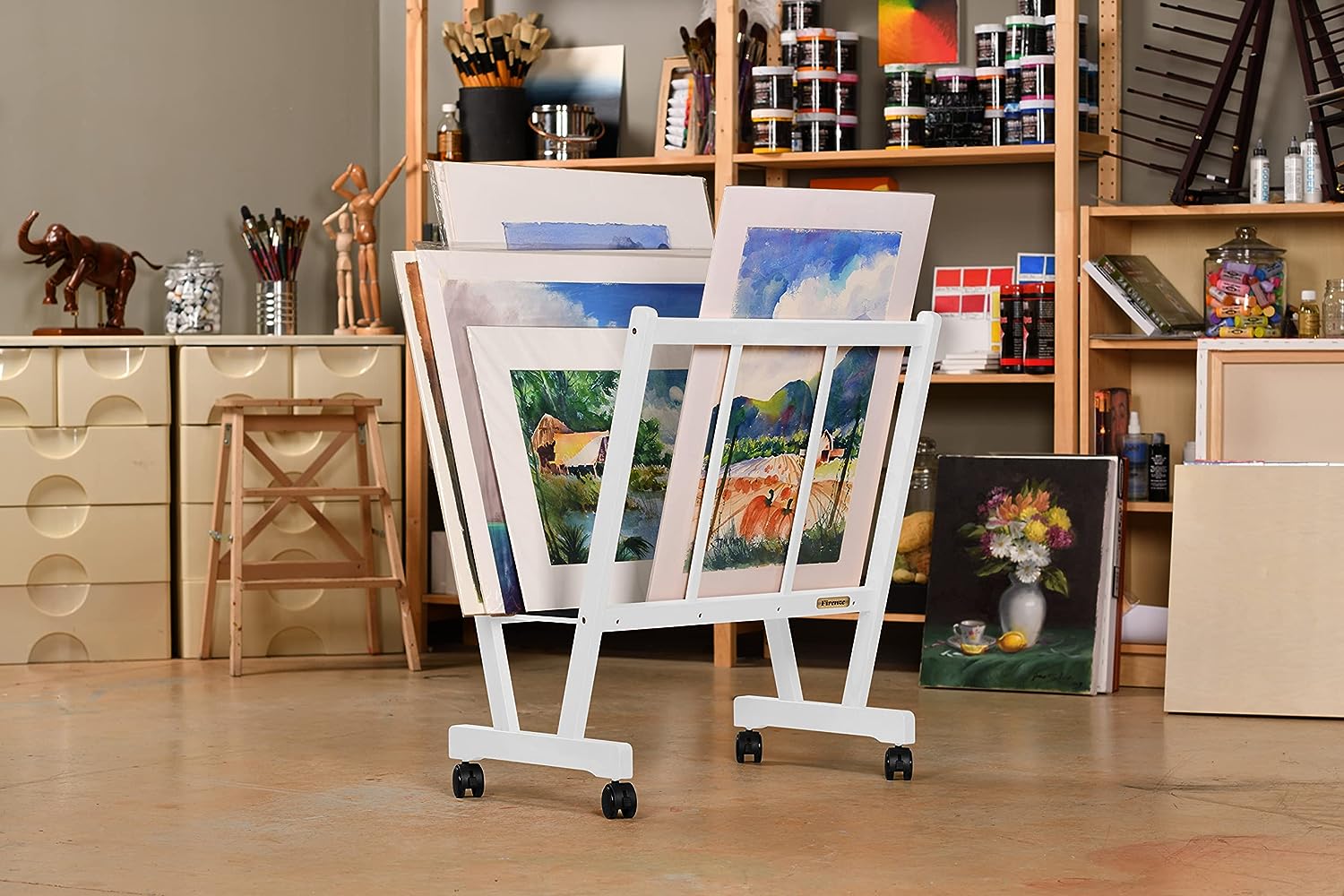

Articles
How To Store Canvas Prints
Modified: December 7, 2023
Learn how to store canvas prints with these helpful articles. Protect your artwork and keep it looking great for years to come.
(Many of the links in this article redirect to a specific reviewed product. Your purchase of these products through affiliate links helps to generate commission for Storables.com, at no extra cost. Learn more)
Introduction
Canvas prints have become increasingly popular as a way to display artwork, photographs, and personal memories. Their vibrant colors, durability, and ability to add a touch of elegance to any space make them a sought-after option for many homeowners and art enthusiasts. However, to ensure that your canvas prints retain their beauty and quality over time, proper storage is essential.
In this article, we will discuss the best practices for storing canvas prints. From choosing the right location to protecting them from temperature and humidity changes, we will guide you through the steps to keep your canvas prints safe and well-preserved.
Whether you’re an artist with a collection of canvas originals or a photography enthusiast with a portfolio of canvas prints, these storage tips will help you maintain their integrity and ensure that they continue to look their best for years to come.
So, let’s dive into the world of canvas print storage and discover how to safeguard your cherished pieces.
Key Takeaways:
- Proper storage is crucial for preserving canvas prints. Choose the right location, prepare and wrap prints carefully, and protect them from environmental factors to ensure their longevity and beauty.
- Regularly inspect canvas prints for damage and take proactive measures to address any issues promptly. By doing so, you can preserve the quality and value of your cherished artwork.
Read more: How To Store Canvas Art
Choosing the Right Storage Location
When it comes to storing your canvas prints, the location plays a crucial role in preserving their quality. Here are some key factors to consider when selecting the right storage spot:
- Avoid direct sunlight: Sunlight can cause fading and discoloration of your canvas prints over time. Choose a storage area away from windows or any other sources of direct sunlight.
- Controlled temperature: Fluctuations in temperature can have a negative impact on canvas prints. Aim for a storage location with a stable temperature between 65-75 degrees Fahrenheit (18-24 degrees Celsius).
- Stable humidity levels: High humidity can result in mold growth and warping of the canvas, while low humidity can cause the canvas to become brittle. Aim for a relative humidity level of 40-50%.
- Avoid areas prone to moisture: Basements and attics are generally not ideal storage locations as they tend to be more susceptible to moisture, which can damage the canvas. Look for a dry and well-ventilated area instead.
- Consider climate control: If you live in an area with extreme temperature and humidity fluctuations, investing in a climate-controlled storage facility may be worth considering. These facilities provide the ideal conditions for preserving delicate items such as canvas prints.
By selecting the right storage location, you can minimize the risks of damage to your canvas prints and ensure their longevity.
Preparing Canvas Prints for Storage
Before storing your canvas prints, it’s important to prepare them properly to minimize the risk of damage. Here are the steps to follow:
- Clean the canvas: Gently dust the surface of the canvas with a soft, lint-free cloth or a soft brush. Make sure to remove any dirt, debris, or fingerprints that may have accumulated.
- Inspect for damage: Carefully examine your canvas prints for any signs of damage, such as scratches, tears, or discoloration. If you notice any issues, consider having them repaired before storing to prevent further deterioration.
- Remove hanging hardware: If your canvas prints are currently mounted with hanging hardware, remove them before storage. This will help prevent any scratches or damage to surrounding prints while they are stacked or rolled.
- Protect with archival paper: To provide an extra layer of protection, place a sheet of acid-free archival paper over the front of the canvas. This will help prevent any transfer of color or ink onto the canvas surface.
- Use acid-free interleaving: If you plan to stack multiple canvas prints, place acid-free interleaving sheets between each print. This will further protect them from rubbing or sticking together.
By following these preparation steps, you can ensure that your canvas prints are ready for safe and secure storage.
Wrapping Canvas Prints
Properly wrapping your canvas prints is essential for protecting them from dust, scratches, and other potential damage during storage. Here are two common methods for wrapping canvas prints:
- Using acid-free tissue paper: Start by placing a sheet of acid-free tissue paper over the front of the canvas print. This will act as a barrier between the canvas and the next layer of protection. Then, carefully fold the sides of the tissue paper around the edges of the canvas, creating a gentle cushioning effect. Secure the tissue paper in place with acid-free tape.
- Using bubble wrap: This method provides extra cushioning and protection. Place a sheet of acid-free tissue paper over the front of the canvas, followed by a layer of bubble wrap. Wrap the bubble wrap tightly around the canvas, securing it with tape. Make sure that the bubble side is facing inward to prevent any imprints on the canvas surface.
Whichever method you choose, remember to use acid-free materials to avoid any chemical reactions that could harm the canvas. Additionally, avoid wrapping the canvas too tightly, as this could lead to unwanted pressure and potential damage.
Keep in mind that if you opt for stacking multiple wrapped canvas prints, it’s important to place acid-free interleaving sheets or foam boards between each print to prevent them from rubbing against each other.
By taking the time to wrap your canvas prints properly, you can provide an extra layer of protection and ensure that they remain in pristine condition during storage.
Storing Canvas Prints in a Flat Position
Storing your canvas prints in a flat position is a common method that helps maintain their shape and prevent warping or bending. Here are key steps to follow:
- Choose a clean, flat surface: Find a clean and level surface where you can store your canvas prints. Avoid surfaces that are prone to moisture or direct sunlight.
- Add a protective layer: Place a clean and acid-free matboard or foam board under your canvas prints. This will provide support and minimize contact with any potentially damaging surfaces.
- Stack with care: If you have multiple canvas prints to store, stack them on top of each other with acid-free interleaving sheets or foam boards in between. Be mindful not to stack too many prints to prevent excessive pressure on the bottom prints.
- Use weights: To further prevent any potential warping or bending, consider placing lightweight objects, such as books or clean bricks, on top of the stacked canvas prints. This will help distribute the weight evenly and keep them flat.
- Cover and protect: Finally, cover the stack of canvas prints with a clean, breathable cloth or acid-free plastic wrap. This will help protect them from dust and other debris while allowing for airflow.
When storing canvas prints in a flat position, always ensure that the storage area is dry, free from temperature fluctuations, and away from any potential hazards that could damage the prints.
By following these steps, you can safely store your canvas prints in a flat position, preserving their integrity and preventing any damage or distortion over time.
To store canvas prints, keep them away from direct sunlight and moisture. Store them flat or rolled in acid-free paper, and avoid stacking heavy objects on top.
Read also: 13 Best Canvas Prints Wall Art for 2025
Storing Canvas Prints in a Rolled Position
Storing canvas prints in a rolled position is an alternative method that can save space and provide additional protection. Here are the steps to follow:
- Prepare the prints: Before rolling your canvas prints, make sure they are clean and free from any debris. Use a soft, lint-free cloth or brush to remove any dust or dirt.
- Secure the print: If your canvas print is not already stretched on a frame, you will need to secure it before rolling. Place acid-free tissue paper over the front of the print and carefully roll it with the image facing inward. Secure the roll with acid-free tape. This will help protect the front surface during storage.
- Protect with a tube: Find a sturdy tube that is wide enough to accommodate the rolled canvas prints. Opt for a tube made of acid-free and archival-quality materials to minimize the risk of damage. Place the rolled canvas print inside the tube, ensuring it is snug and has little room to move.
- Label and seal: Label the tube with the contents and date of storage for easy identification. Seal the tube tightly with acid-free tape to keep out dust and moisture.
- Store upright: When storing the rolled prints, keep them upright in a dry and cool area. Avoid placing heavy objects on top of the tube to prevent any unnecessary pressure or distortion.
It is important to note that storing canvas prints in a rolled position should be done for a limited time period. Extended storage in a rolled position can lead to creases and permanent damage to the canvas.
When you are ready to display your rolled canvas prints, carefully unroll them and allow them to sit flat for some time to regain their original shape. Avoid unrolling the prints forcefully as it can cause unnecessary strain and potential damage.
By following these steps, you can safely store your canvas prints in a rolled position, preserving their quality and ensuring easy accessibility when you are ready to showcase them again.
Protecting Canvas Prints from Temperature and Humidity Changes
Temperature and humidity fluctuations can have a detrimental effect on canvas prints, leading to warping, mold growth, and color distortion. Here are some essential tips to protect your canvas prints from these environmental factors:
- Choose a stable storage environment: Select a storage location with a controlled temperature and humidity level. Avoid areas that experience extreme temperature changes, such as basements or attics.
- Use climate control: If you live in an area with drastic temperature and humidity variations, consider investing in a climate-controlled storage space. These facilities maintain a consistent environment, ensuring optimal conditions for your canvas prints.
- Avoid moisture-prone areas: Keep your canvas prints away from areas that are prone to moisture, such as bathrooms or laundry rooms. Excess moisture can lead to mold growth and irreversible damage to the canvas.
- Avoid direct heat sources: Keep your canvas prints away from direct sources of heat, such as radiators or heating vents. Heat can cause the canvas to expand and contract, leading to warping or cracking.
- Monitor humidity levels: Use a hygrometer to monitor the humidity levels in your storage area. Aim for a relative humidity level of 40-50% to prevent mold growth while avoiding excessively dry conditions.
- Use dehumidifiers and humidifiers: If necessary, use dehumidifiers or humidifiers to regulate the humidity levels in the storage area. This will help maintain a stable environment for your canvas prints.
By protecting your canvas prints from temperature and humidity fluctuations, you can ensure their longevity and preserve their original beauty.
Keeping Canvas Prints Safe from Light and UV Exposure
Light and ultraviolet (UV) radiation can cause significant damage to canvas prints, leading to color fading and deterioration over time. To protect your canvas prints from light and UV exposure, follow these important guidelines:
- Avoid direct sunlight: Display your canvas prints in areas where they are not exposed to direct sunlight. Sunlight can cause the colors to fade and the canvas to deteriorate. If you want to showcase your canvas prints near windows, consider using curtains or blinds to block out the harsh sunlight.
- Use UV-filtering glass or acrylic: If you choose to frame your canvas prints, opt for UV-filtering glass or acrylic. These materials block harmful UV rays while still allowing you to enjoy the artwork. UV-filtering glazing can significantly reduce the risk of color fading and damage caused by UV radiation.
- Display in low-light areas: If possible, display your canvas prints in areas with low light. This helps minimize the exposure to light and reduces the risk of color fading. Consider using ambient lighting or spotlights directed away from the artwork to enhance visibility without causing harm.
- Rotate your artwork: If you have multiple canvas prints, consider periodically rotating them to spread out the exposure to light. This helps ensure that no single print is continuously exposed to light, reducing the risk of uneven fading and damage.
- Store in light-resistant containers: When storing canvas prints, use light-resistant containers to protect them from ambient light. Acid-free storage boxes or portfolios with light-blocking properties are ideal for keeping your prints safe from light and UV exposure.
By taking proactive measures to protect your canvas prints from light and UV exposure, you can maintain their vibrant colors and ensure their longevity.
Inspecting Canvas Prints Regularly
Regular inspection of your canvas prints is crucial to catch any signs of damage or deterioration early on. By identifying and addressing issues promptly, you can prevent further damage and preserve the quality of your artwork. Here are some key steps to follow when inspecting canvas prints:
- Check for discoloration: Examine your canvas prints for any signs of color fading or discoloration. Pay attention to areas exposed to light and make note of any changes in the vibrancy of the colors.
- Look for cracks or tears: Inspect the canvas surface for any visible cracks or tears. These can occur due to mishandling, temperature changes, or aging. Promptly address any damage by consulting a professional art restorer.
- Check for mold or mildew: Inspect the canvas and frame for any signs of mold or mildew growth. These can occur in high-humidity environments or when the canvas is exposed to moisture. If you notice any growth, take immediate action to remove it and address the underlying cause.
- Examine the frame: If your canvas print is framed, carefully inspect the frame for any loose corners, scratches, or damage. Secure loose corners and consider repairing or replacing damaged frames to ensure the stability and protection of the artwork.
- Observe the overall condition: Take a step back and assess the overall condition of your canvas prints. Look for any signs of deterioration, warping, or changes in texture. If you notice anything concerning, consider seeking professional advice to address the issue.
Regularly inspecting your canvas prints allows you to catch any potential problems early on, preserving the quality and value of your artwork. It is recommended to perform inspections at least once every few months or whenever you notice any changes in the appearance of your prints.
By being proactive and addressing any issues promptly, you can ensure that your canvas prints remain in excellent condition for years to come.
Read more: How To Store Canvas Paintings At Home
Conclusion
Properly storing and protecting your canvas prints is essential for preserving their beauty and longevity. By following the best practices outlined in this article, you can ensure that your cherished artwork remains in excellent condition for years to come. Here are a few key takeaways:
- Choose the right storage location, away from direct sunlight and in a controlled environment.
- Prepare your canvas prints for storage by cleaning them, inspecting for damage, and removing hanging hardware.
- Wrap your canvas prints carefully using acid-free tissue paper or bubble wrap to provide added protection.
- Store canvas prints in a flat position on a clean, level surface or roll them and place them in a sturdy tube.
- Protect canvas prints from temperature and humidity changes by choosing a stable environment and using climate control if necessary.
- Keep canvas prints safe from light and UV exposure by avoiding direct sunlight, using UV-filtering glazing, and displaying them in low-light areas.
- Regularly inspect your canvas prints for any signs of discoloration, damage, or mold growth, and take appropriate action if needed.
By following these guidelines and incorporating them into your canvas print storage routine, you can ensure the preservation of your artwork’s quality and value, allowing you to continue enjoying them for years to come.
Remember, the care and attention you give to storing and protecting your canvas prints will directly contribute to their longevity and the enjoyment you derive from owning them. So, take the necessary steps to safeguard your cherished pieces and keep them safe for future generations to appreciate.
Frequently Asked Questions about How To Store Canvas Prints
Was this page helpful?
At Storables.com, we guarantee accurate and reliable information. Our content, validated by Expert Board Contributors, is crafted following stringent Editorial Policies. We're committed to providing you with well-researched, expert-backed insights for all your informational needs.

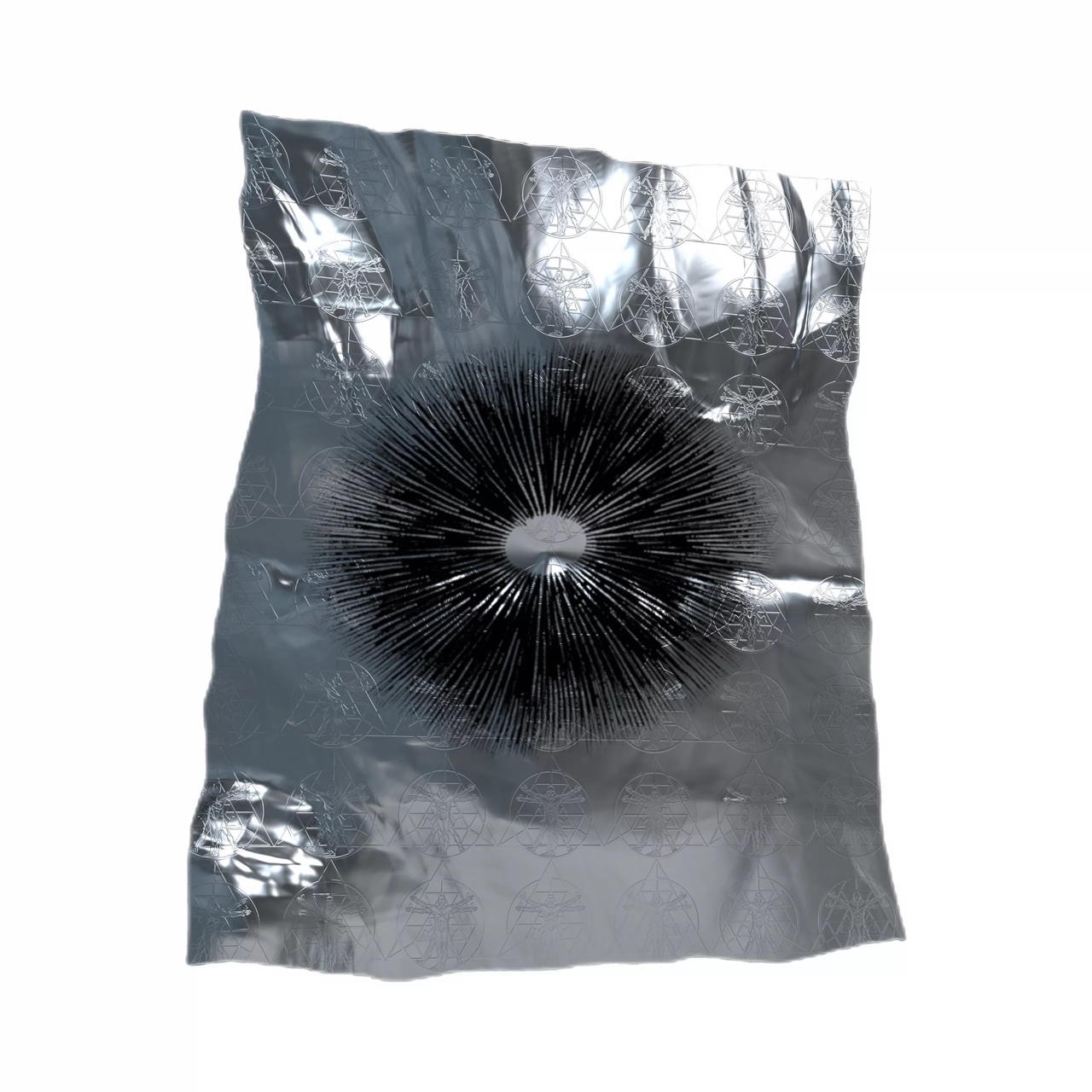



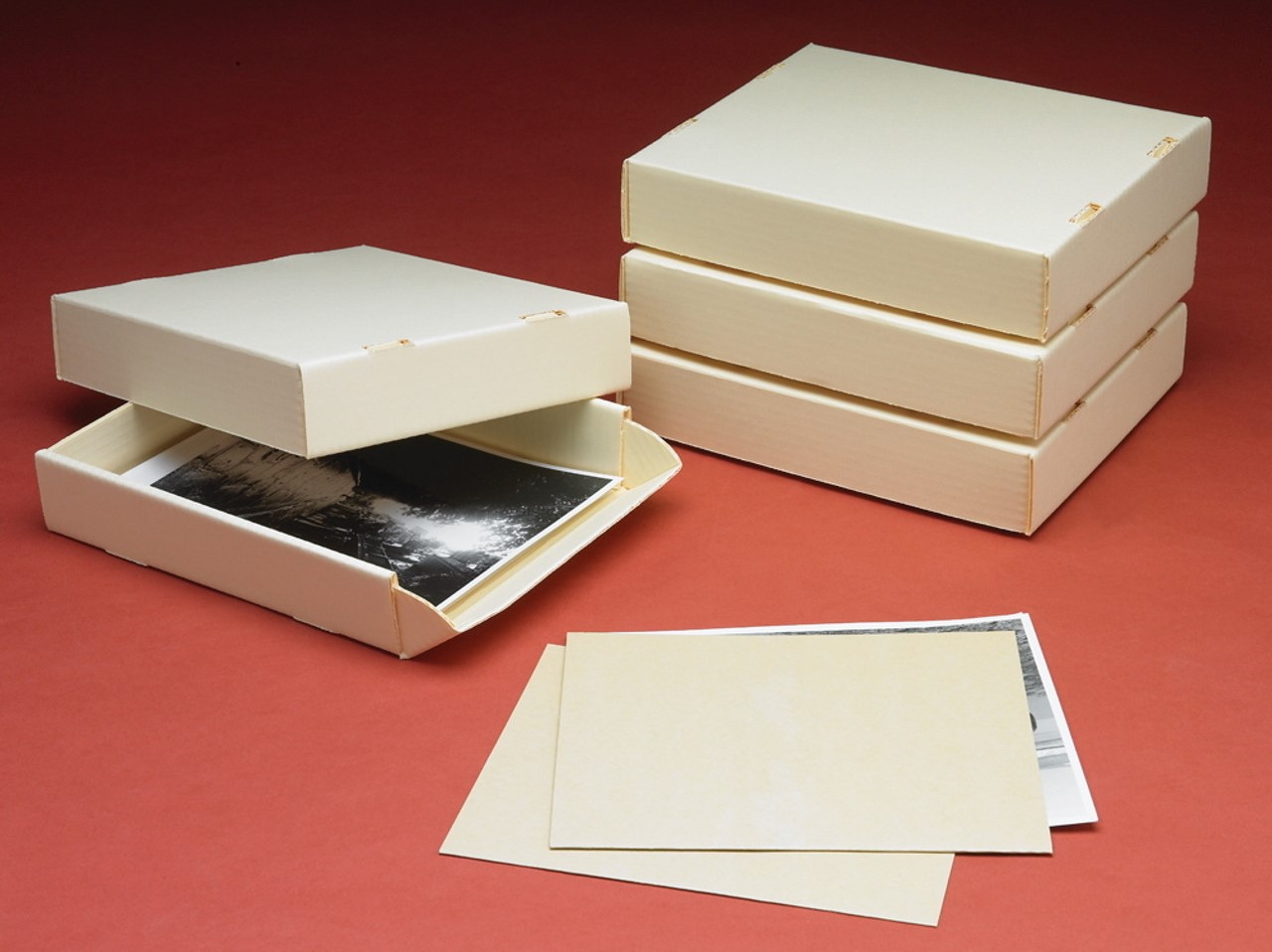



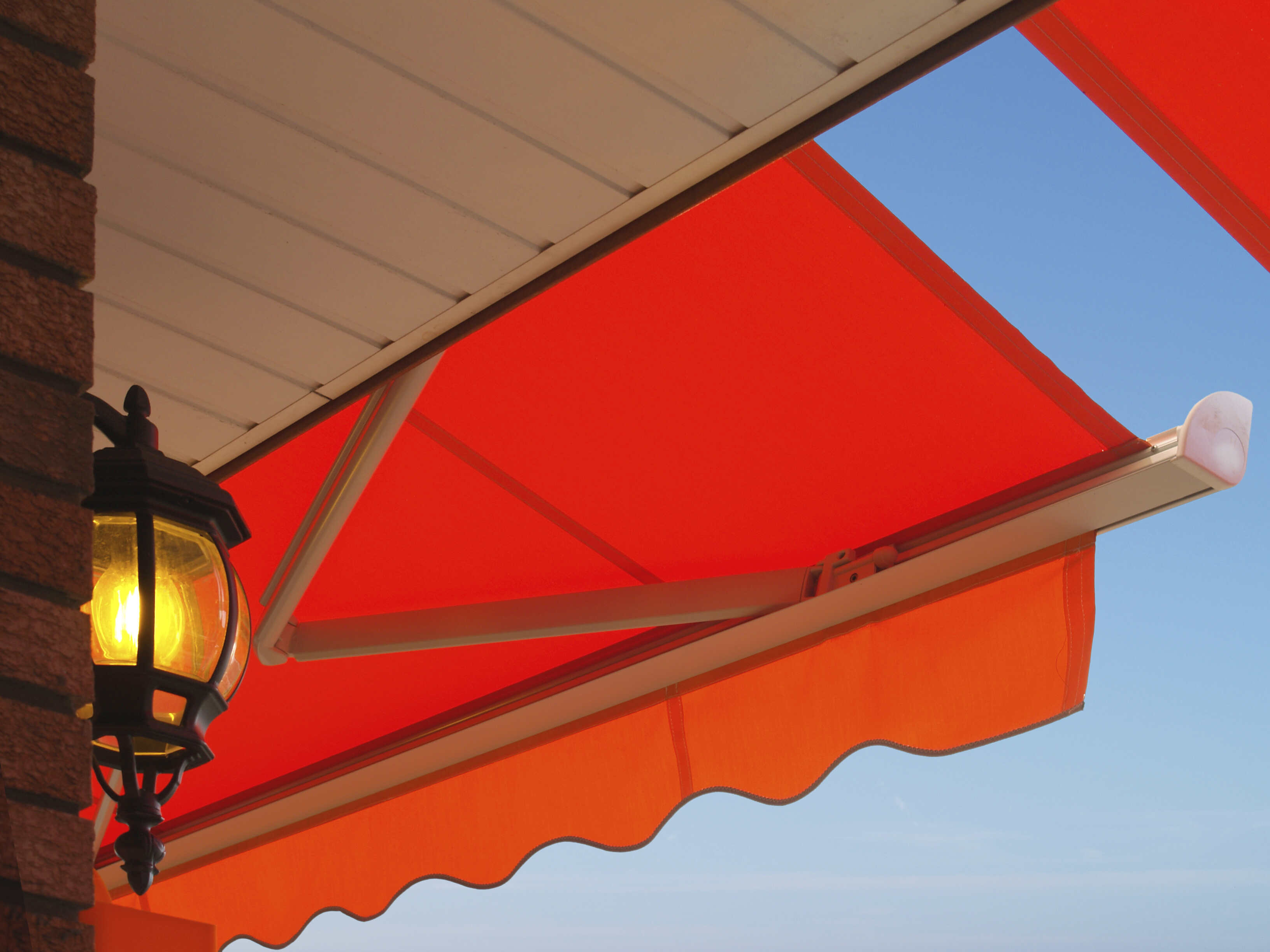


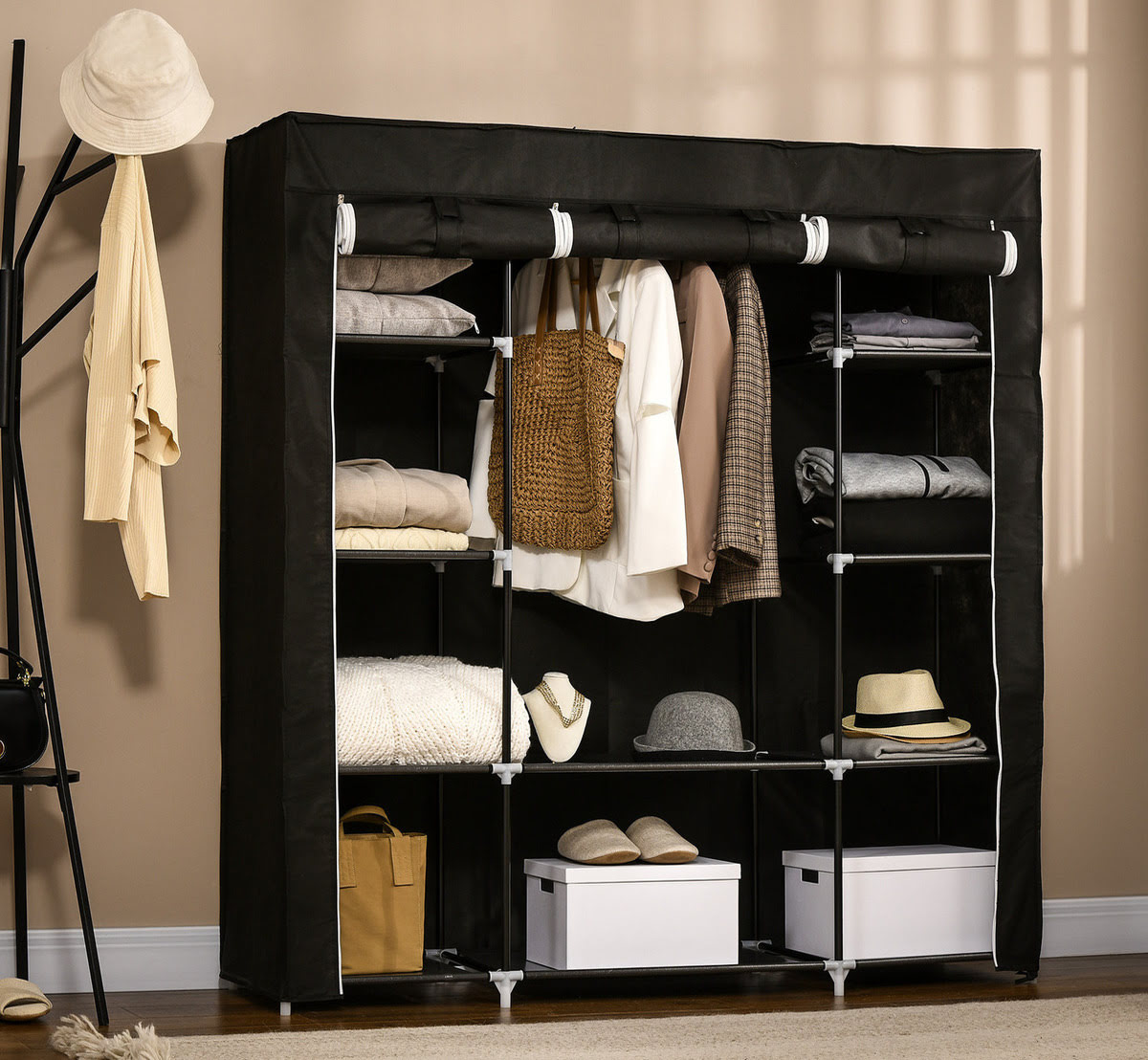

0 thoughts on “How To Store Canvas Prints”